Complicated Mechanism Explained via Simple Animations:
Radial Engines
Radial engines are used in aircrafts having propeller connected to the shaft delivering power in order to produce thrust its basic mechanism is as follows
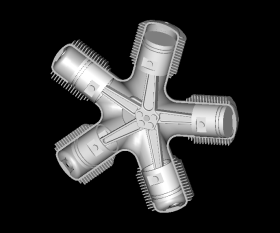
Radial engines are used in aircrafts having propeller connected to the shaft delivering power in order to produce thrust its basic mechanism is as follows

Steam engine Principle
Steam engine once used in locomotives was based on the reciprocating principle as shown below
Sewing Machine
Maltese Cross Mechanism
this type of mechanism is used in clocks to power the second hand movement.
Manual Transmission Mechanism
The mechanism also called as “stick shift” is used in cars to change gears mannually
Constant Velocity Joint
This mechanism is used in the front wheel drive cars
Constant-velocity joints (aka homokinetic or CV joints) allow a drive shaft to transmit power through a variable angle, at constant rotational speed, without an appreciable increase in friction or play. They are mainly used in front wheel drive and all wheel drive cars. Rear wheel drive cars with independent rear suspension typically use CV joints at the ends of the rear axle halfshafts, and increasingly use them on the propshafts.
Torpedo-Boat destroyer System
This system is used to destroy fleet in naval military operations.
Rotary Engine
Also called as Wankel engine is a type of internal combustion engine has a unique design that converts pressure into rotating motion instead of reciprocating pistons


A Stirling engine is a heat engine operating by cyclic compression and expansion of air or other gas, the working fluid, at different temperature levels such that there is a net conversion of heat energy to mechanical work. Or more specifically, a closed-cycle regenerative heat engine with a permanently gaseous working fluid, where closed-cycle is defined as a thermodynamic system in which the working fluid is permanently contained within the system, and regenerative describes the use of a specific type of internal heat exchanger and thermal store, known as the regenerator. It is the inclusion of a regenerator that differentiates the Stirling engine from other closed cycle hot air engines.
How a Hypotrochoid is Made



The sun and planet gear (also called the planet and sun gear) was a method of converting reciprocal motion to rotary motion and was utilised in a reciprocating steam engine. It was invented by the Scottish engineer William Murdoch, an employee of Boulton and Watt, but was patented by James Watt in October 1781. It was invented to bypass the patent on the crank, held by James Pickard. It played an important part in the development of devices for rotation in the Industrial Revolution.

Knight’s Tour: How a Knight Visits Every Square Once

Creating a program to find a knight’s tour is a common problem given to computer science students. Variations of the knight’s tour problem involve chessboards of different sizes than the usual 8 × 8, as well as irregular (non-rectangular) board

What a Tesseract (4D Cube) Looks Like



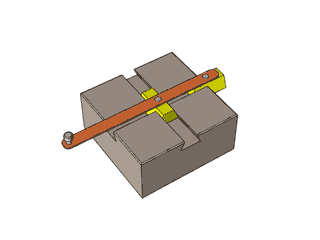
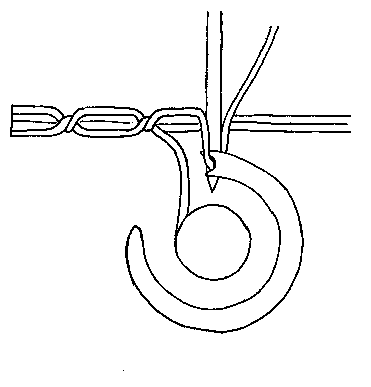
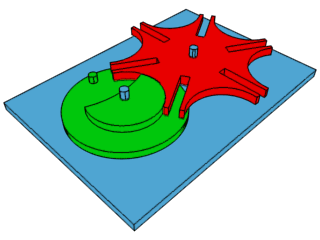
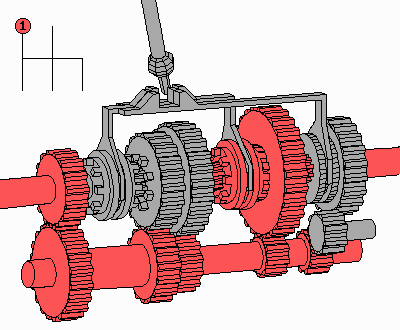
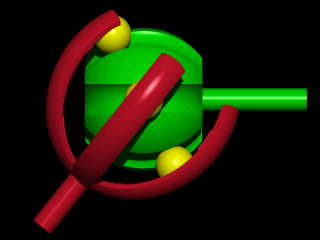
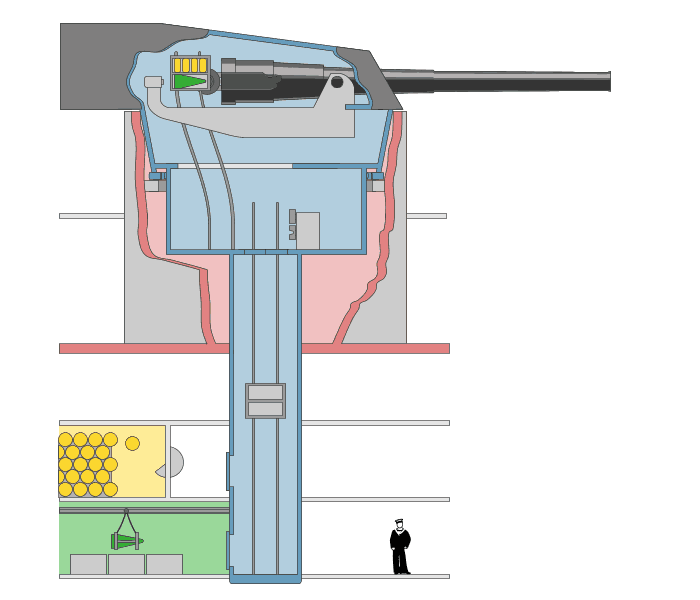
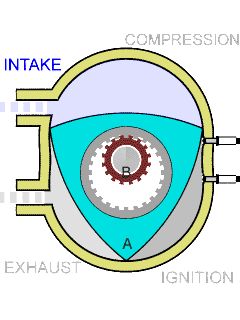
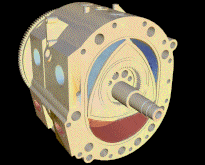









1 comments:
1D577EBBB0
hacker kirala
hacker bulma
tütün dünyası
-
-
Post a Comment